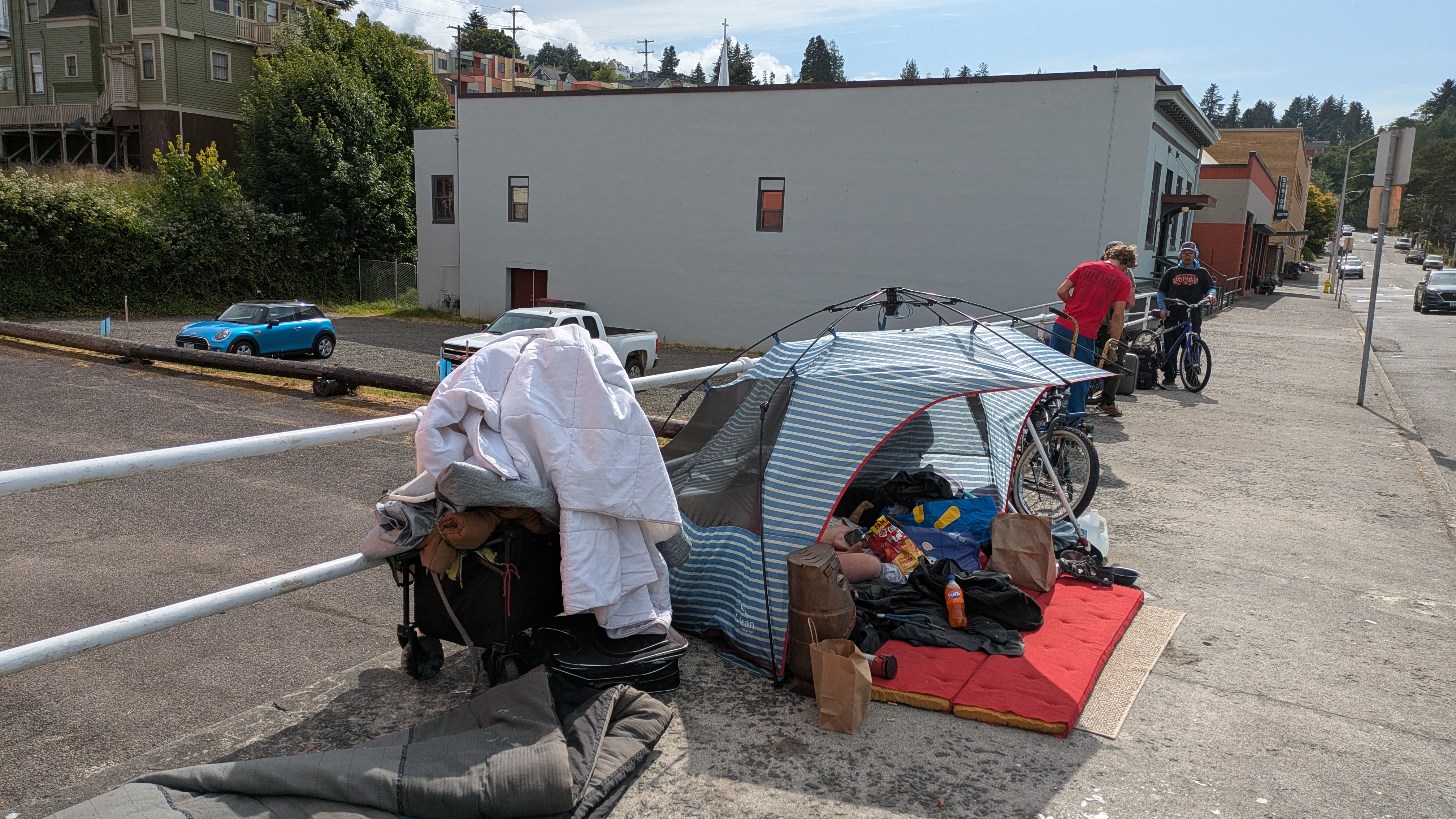‘Do it yourself’ books help out with the ‘do-it-yourself’ mosaic challenge
Published 5:00 pm Monday, June 3, 2013

- <p>Ester Moberg</p>
I am a do-it-yourself, armchair craft book junkie.
I love to take books home from the library that tell in detail how to make your own soap, stained glass windows, mosaics, etc. However, the ratio of items I actually make compared to the books I check out is small. I believe many would-be crafters are this way. How else do you explain the popularity of Internet sites like pinterest.com?
Pinterest is a free website that lets you select blogs and craft ideas on the Internet and pin pictures of them all to one place like an online bulletin board. If you ever want to go back and use the ideas, you simply click on the board, click on the picture, and it will take you to the website on the Internet with the original content or article.
I have used Pinterest a lot for recipes, but when it comes to craft ideas, I have used barely any of my hundreds of pinned ideas. I think so many Pinterest pinners enjoy the process because it makes them feel like they are doing something even when all they have done is a mouse-click on a computer.
So this month, I took the mosaics challenge. I opened up the fabulous new mosaic books that I checked out from the Seaside Public Library, and I decided to attempt crafting a mosaic. I had done a somewhat feeble attempt of this last summer when I made some cement paving stones from a kit. The kit came with some multicolored glass that I threw into the cement mix as it was drying. Lets just say not a lot of time and thought went into the process, and the results reflected the energy involved.
This time, I wanted to attempt an actual mosaic pattern with grouting and a final finish on the mosaic. Armed with the two trusty new books on mosaics from the library, my idea was to create something that went beyond my original paving stones with a recognizable mosaic, something that could withstand the weather.
I told one of my friends that we were going to take a day to create mosaics, and she rounded up the glue, plywood and glass pieces or tesserae for our project. We sat in the sun in Portland one weekend, and while my too fair skin burned to a crisp, we arranged the glass pieces to our liking on plywood before gluing everything down.
The directions mentioned drawing a design first, but we were too wild for that, believing in our own artistic eye for design. We quickly found that mosaics take a lot of materials, especially if you do anything beyond a very simple design. Also, the pro-bond glue dried quickly, but often the glue came out in globs faster than we could handle.
My friend did a harmonious design of green, gray, yellow, and blue glass in stripes across her 5 x 10 board. I tried to do a sunset on an ocean, maybe a tad too ambitious for my first time, especially since I ran out of pieces at the end. I tried the first step of grouting, purchasing pre-mixed grout in a dark gray at a local hardware store. Since I plan on making this an outdoor piece I will have to follow up with a layer of tile and grout sealer.
The trick to using grout with glass is to layer it on, work it gently into the cracks and then carefully sponge away any excess layers on top of the glass. Its not a quick or easy task, but I found using a steak knife helped.
Since grout can crack when it dries, spaces between tesserae should be smaller than three quarters of an inch. When my piece is completed, you can check it out on the Seaside Librarys Facebook page: www.facebook.com/seasidepubliclibrary.
The books I used are available at the Seaside Library: Mosaics: innovative, creative ideas, and designs using the latest techniques, by Elizabeth Atkins-Hood & Elizabeth Joy Bell, and 300+ Mosaic tips & techniques, by Bonnie Fitzgerald; I used this book the most.
Esther Moberg is director of the Seaside Public Library.





